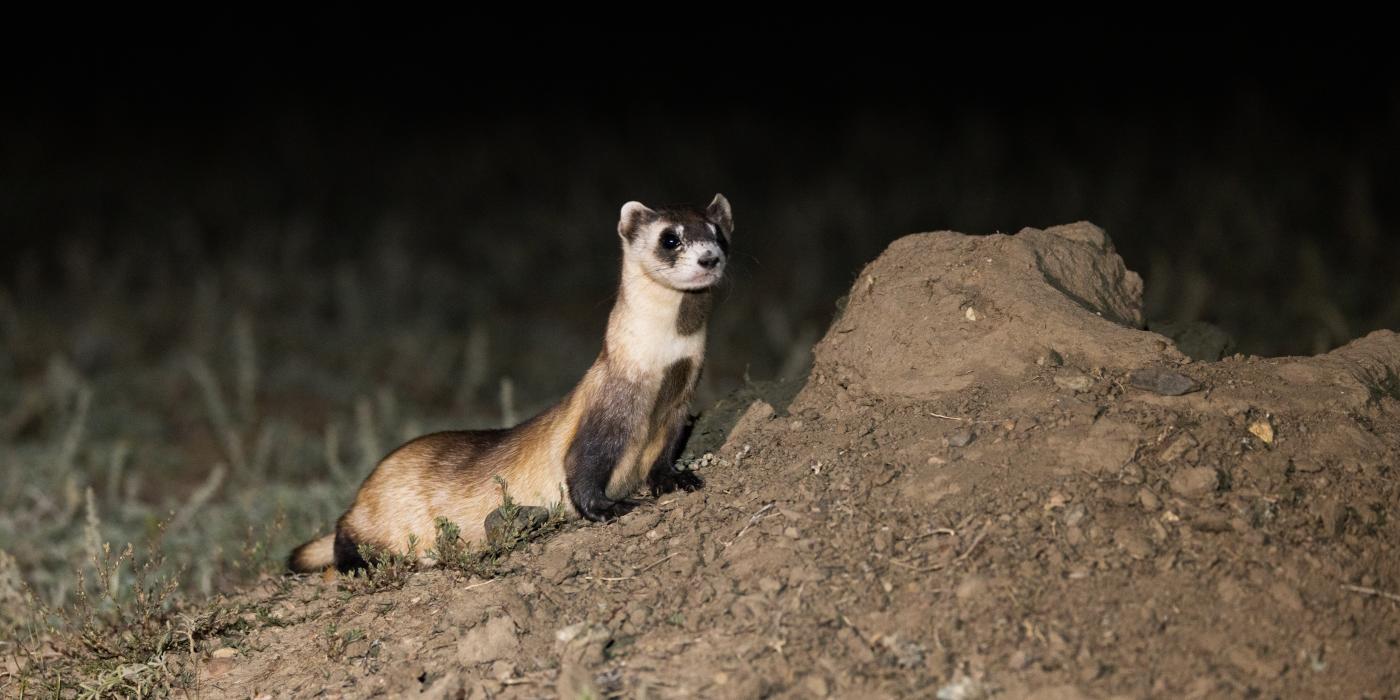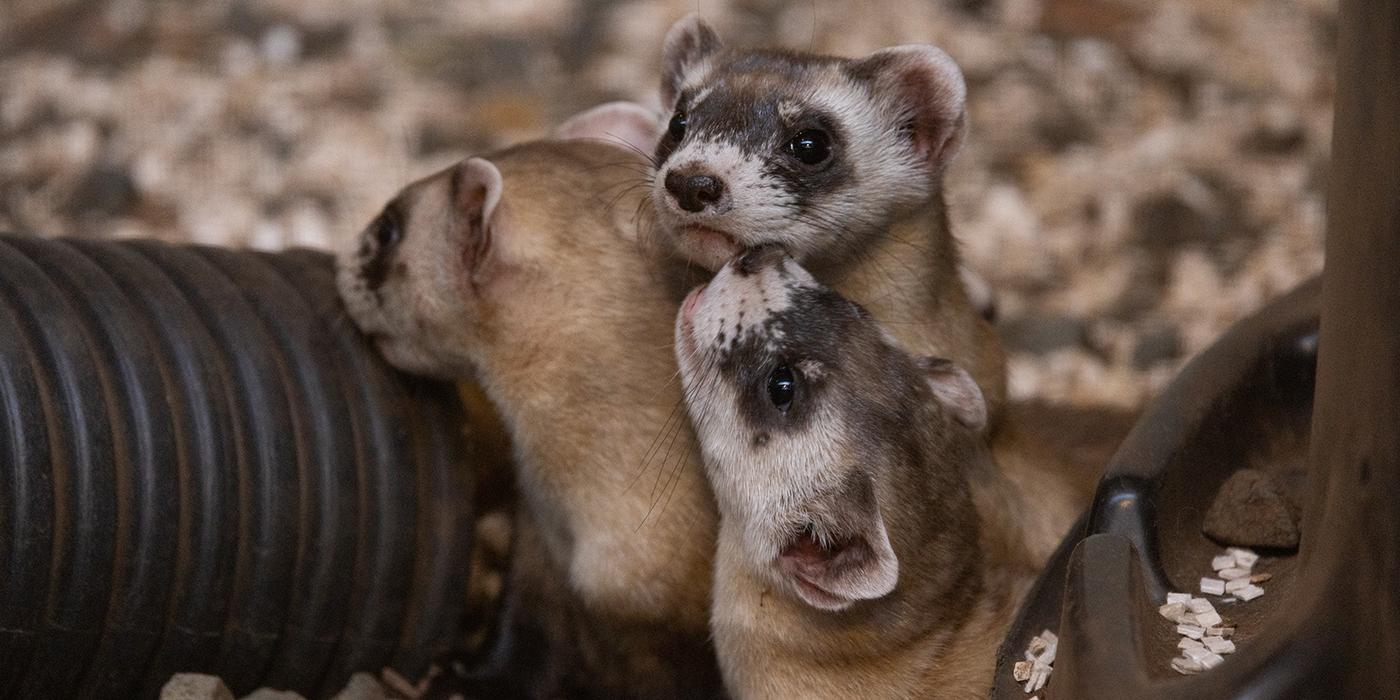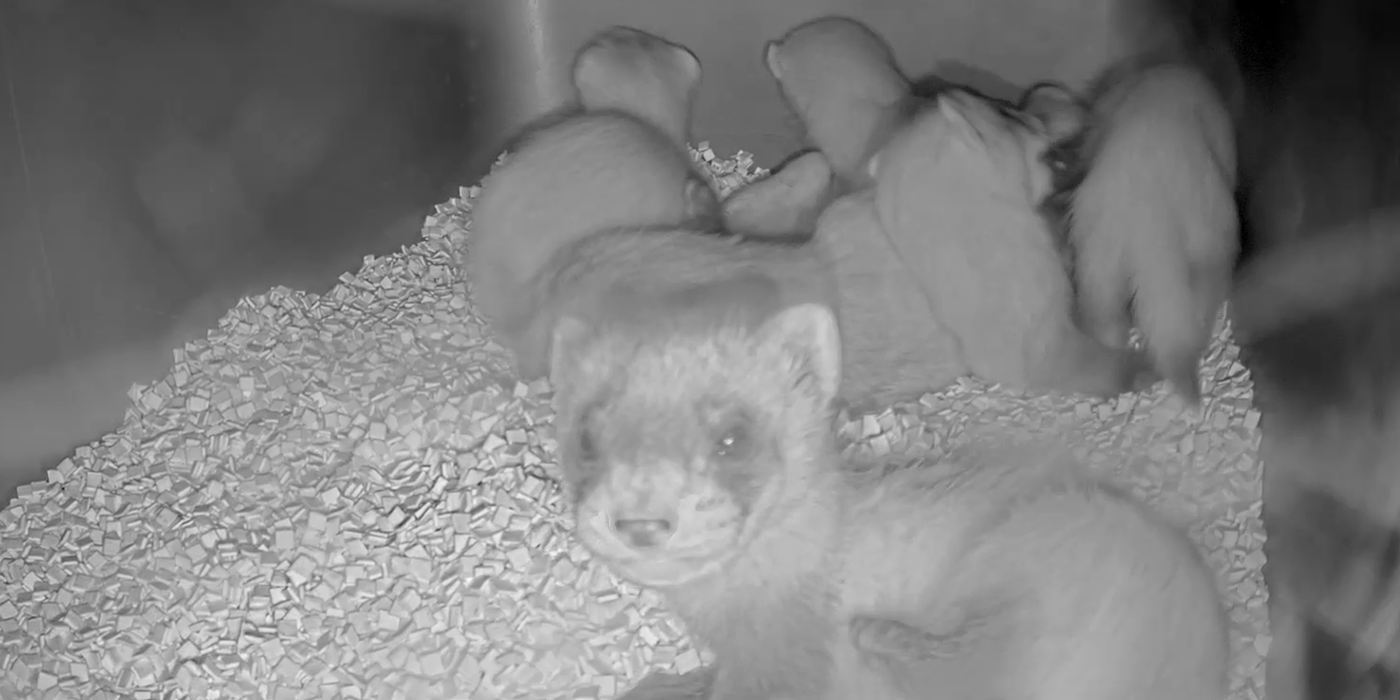A Fond, Ferret Farewell
Twenty-seven black-footed ferrets were transported from the Smithsonian Conservation Biology Institute in Front Royal, Virginia, to Louisville, Kentucky, in early October 2021. Some ferrets stayed for breeding at the Louisville Zoo and others went on to facilities in Colorado.
If you followed along with our black-footed ferret updates, you already know the Smithsonian Conservation Biology Institute has been working with and breeding ferrets for more than 33 years. This year, we had 52 kits born at the facility.
Earlier in October, our black-footed ferrets slated for breeding centers and wild release departed Smithsonian’s Conservation Biology Institute. I had the pleasure of driving 27 black-footed ferrets, including Potpie’s kits, to Louisville Zoo in Louisville, Kentucky. It was about an eight-hour drive and I only had to stop once to get fuel.
The ferrets are loaded in the back of the van in kennels, similar to what you would transport your cat or small dog in. Each ferret received a frozen-thawed rat as food for the trip. Overall, the trip was uneventful and all the ferrets made it safely to their destinations.
As we mentioned in our last update, Potpie was selected for reintroduction and is now part of the U.S. Fish and Wildlife Service’s pre-conditioning program. Once she adjusts to living in outside burrows and shows she can successfully catch a live prairie dog, she will be released into the wild, most likely somewhere in Colorado.
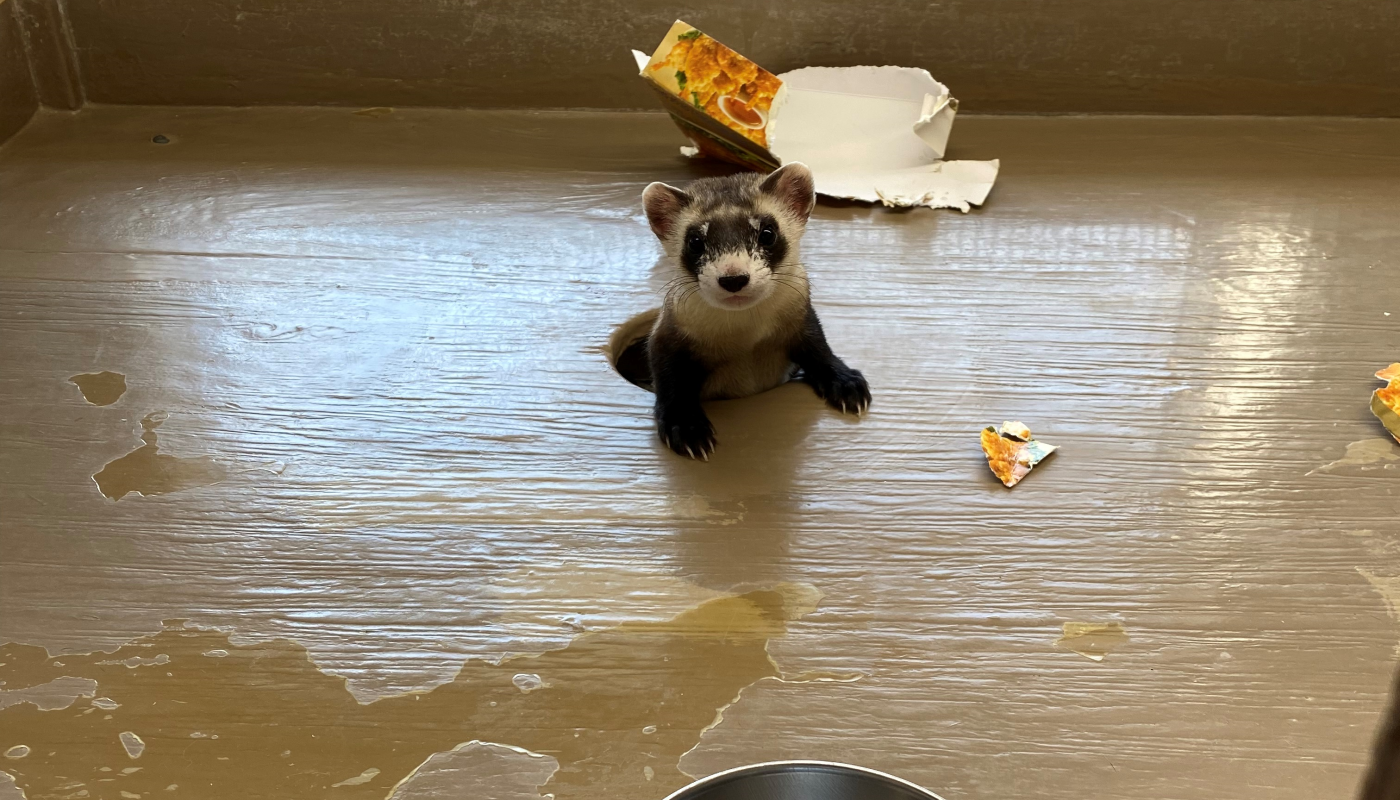
Potpie’s three kits are all staying in the breeding program for the time being. Female Aster arrived at her final destination with me — the Louisville Zoo! Males Aspen and Swifty were picked up in Louisville by USFWS personnel and are now residing at USFWS National Black-footed ferret Conservation Center in Colorado. Hopefully all three will successfully breed in the spring!
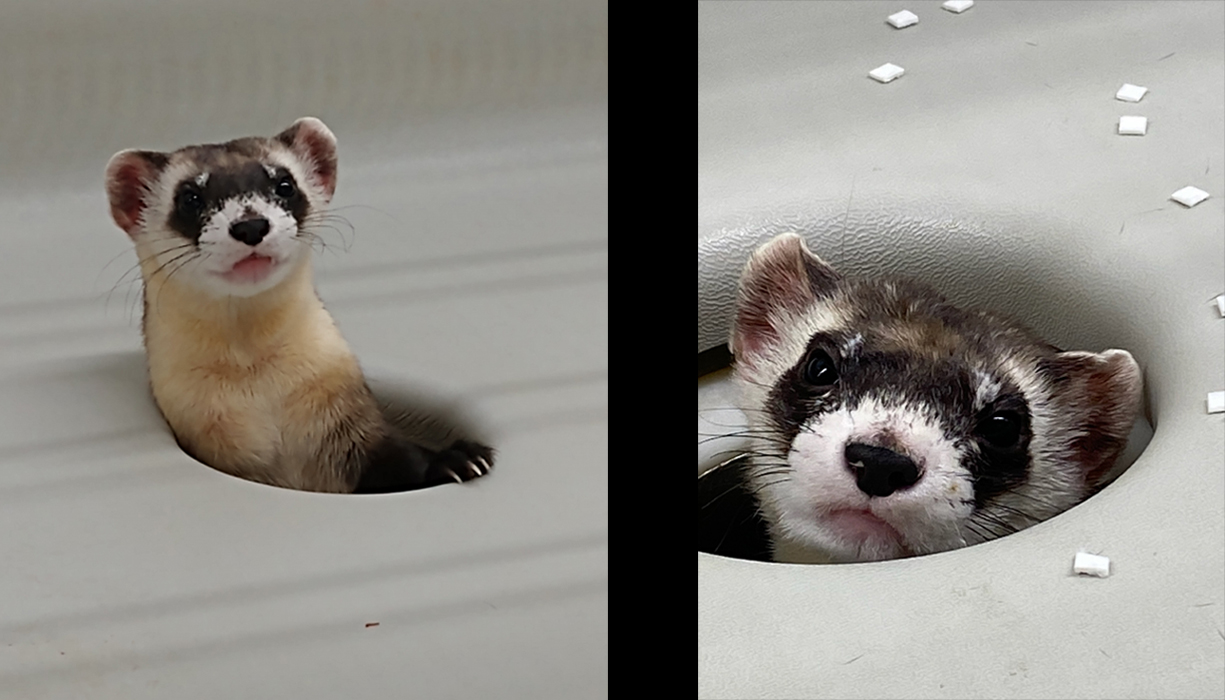
We hope you enjoyed tuning into our temporary Black-footed Ferret Webcam and following along on our ferret family’s journey this year. While Potpie and her kits’ story at SCBI has come to a close, we are already looking forward to more kits next year.
Already missing the ferret family? Be sure to read all the previous updates and check out Vicki Lake’s deep dive into caring for black-footed ferrets!
Related Species:


